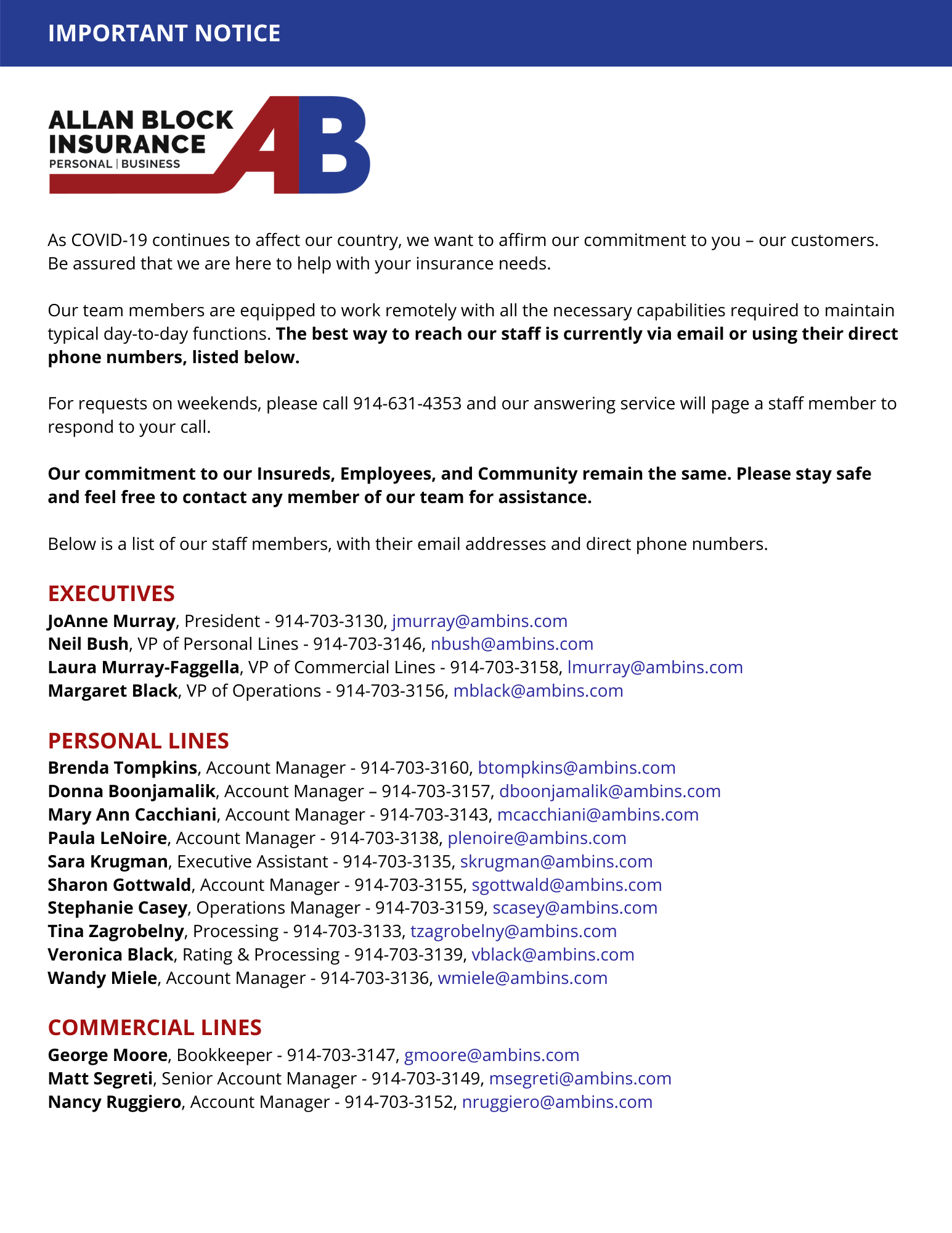If my time in the Boy Scouts taught me anything (besides learning to tie knots), it was that it’s best to “Be Prepared!”
Protecting the things that help make your house a home is one of the most important and often overlooked features of insurance.
If I had a dollar for every time a client told me “it’s just stuff, I don’t know what it’s worth” or something to that effect, I probably wouldn’t need to insure my own belongings. While it’s true that your belongings are replaceable and the people you love aren’t, it’s also true that the things we have make our lives possible, if not much easier than they would otherwise be. That’s the benefit of creating a home inventory list— it removes a lot of guesswork from making a claim.
Imagine the cost of ordering out for weeks if a kitchen fire resulted in you losing all of your appliances and dishes. Imagine the difficulties you would have with daily life if your clothes were destroyed and you still had to go to work. I could go on but I think you get the idea.
But how do I know if I have enough coverage?
I’m going to give you a homework assignment, and hopefully nobody ever has to check it over for accuracy. You need to make a home inventory list of all of your things (and if possible, their approximate values) and then save it somewhere safe. Part 2 of this assignment is to update it every year.
But I have so many things, this would take forever! Work on it for a few minutes every night instead of scrolling through news online – you might find that some of your things can be donated as they’re not used much anymore. You also might find that you have much to be grateful for.
Here’s why I want you to do it now – When a catastrophic loss happens (like a fire or a flood), you’ll be thinking about what’s most important: Family, Safety, Food/Water/Shelter. You’ll likely feel overwhelmed – and that’s ok! But why should you lose out on the things you’ve worked hard for in your life? Fill out an inventory – it can be as specific or vague as you want – and then save it someplace safe.
A reminder – we live in the digital age; meaning there’s no reason to print this inventory out either. Actually, putting it into print might also increase the chance of someone finding it, and I’m sure you wouldn’t want to give any potential thief a road map. I had a colleague who saved his home inventory to a flash drive, updated it annually, and left it in a small sealed plastic bag in a little fire safe.
While that isn’t the only solution, it should offer some protection against two of the most common – and most devastating – types of physical loss that you can suffer.
Preparing your plan long before you need it means you will have one less thing to worry about if the day should ever come. When your claim adjuster asks “what was destroyed in the loss?” wouldn’t it be nice to answer with “I can email you a list as soon as I can find access to a computer.”
Do the best that you can with your homework. I sincerely hope you never need anyone to check it.
Click here to download our customizable home inventory list. We’ve pre-filled parts of it with common rooms and items, but all fields are editable to allow you to make it fit your needs exactly.



